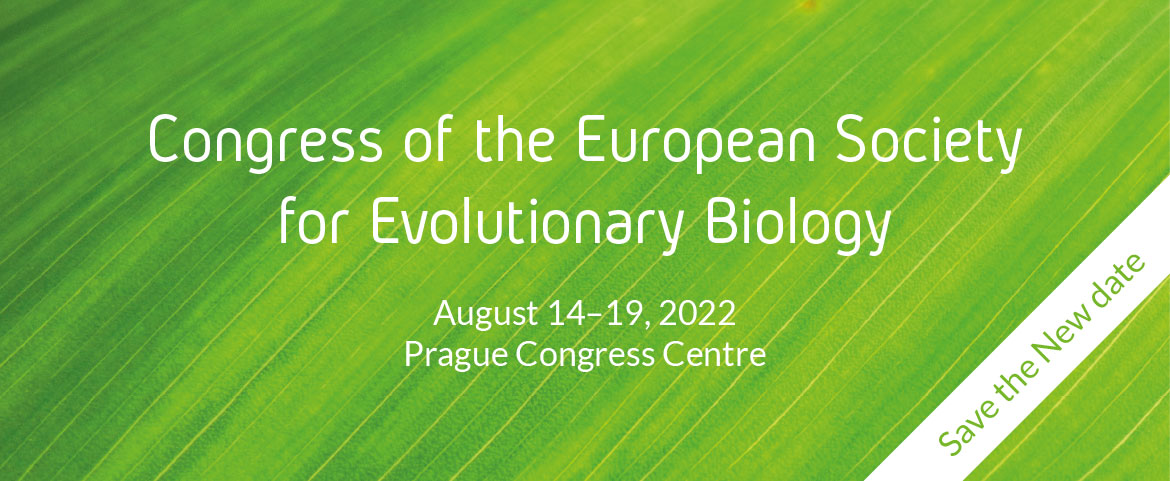How have biomarkers improved our understanding of the evolution of senescence?
As individuals reach older ages their bodies deteriorate - a process known as senescence. Individuals within the same species can differ greatly in the age they start to senesce, and the rate at which they senesce. However, why individuals senesce so differently remains unresolved and is one of the biggest unanswered questions in evolutionary biology. Understanding the drivers of senescence has important ramifications for veterinary medicine, conservation, health and society, as it could help individuals to live longer, healthier lives. This symposium will seek to address this knowledge gap by bringing together researchers with expertise in senescence from theoretical, laboratory and field settings. In particular it will focus on how our understanding of health and the evolution of senescence has been altered with the development of indicators and biomarkers of senescence such as epigenetic clocks and telomeres. These biomarkers have shed light on the relative impact of social, environmental, genetic and trans-generational effects on senescence. A synthesis of advances in the evolutionary theory of senescence, the occurrence and life-history consequences of senescence, and the underlying genetic and non-genetic mechanisms driving variation in individual senescence will significantly further the field. This knowledge is vital to understanding why senescence has evolved and how variance is maintained.The list of invited speakers is available here.
